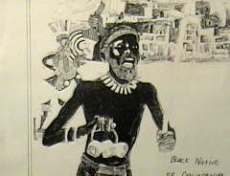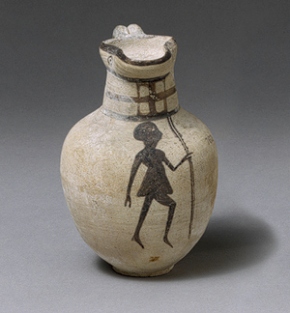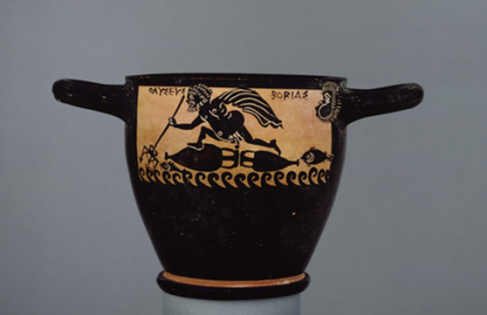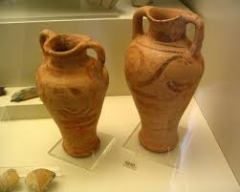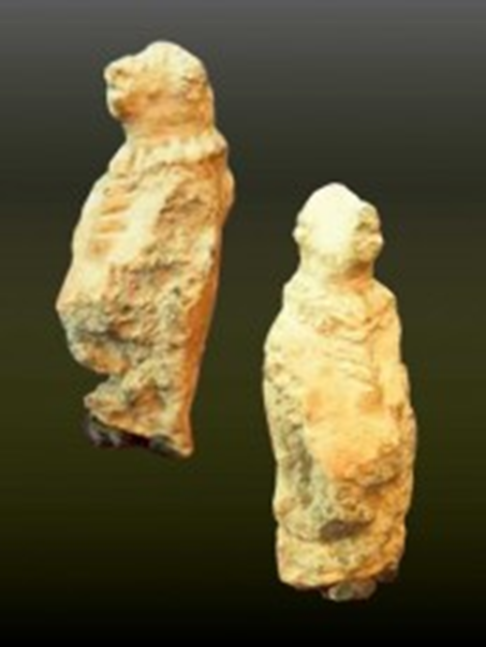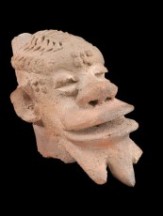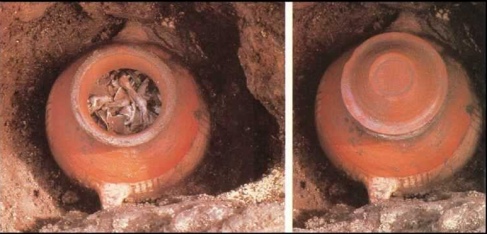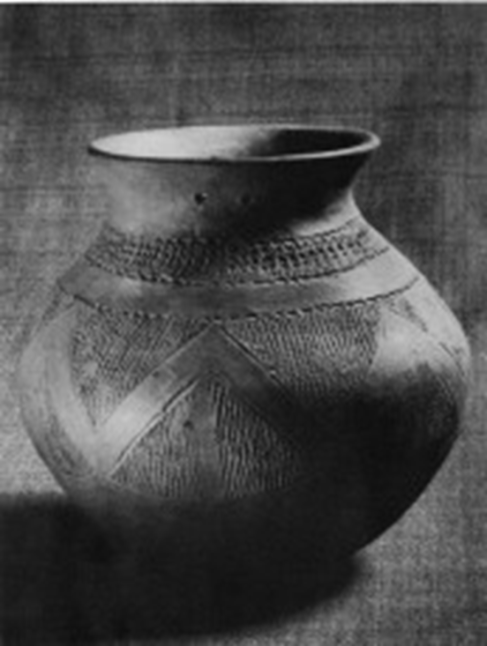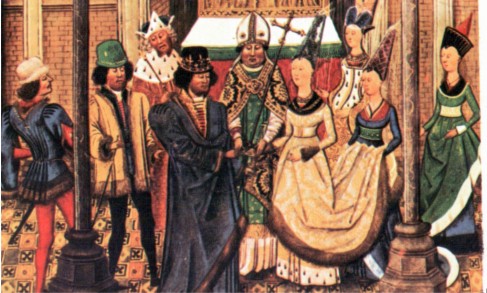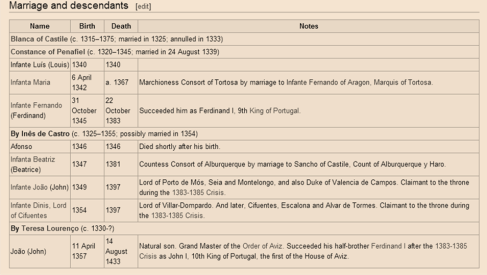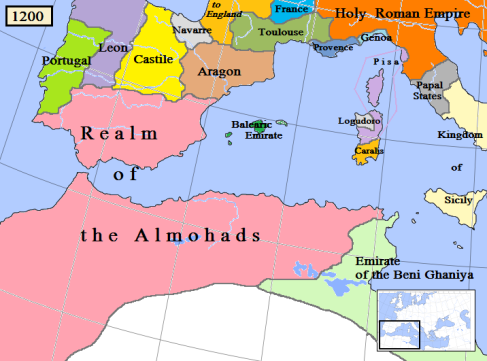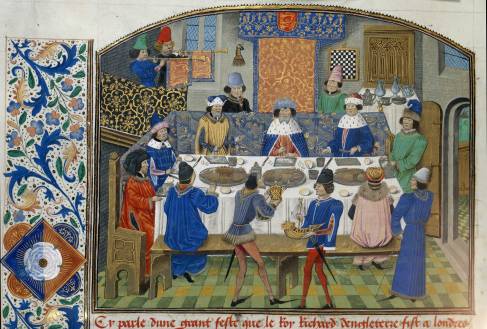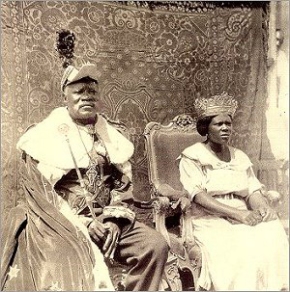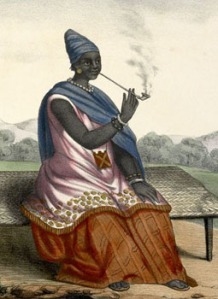The Yoruba, [also known as 1.Yarriba, 2. Nago and Aku] country lay to the immediate West of the River Niger [below the confluence] and South of the Quorra {i.e., the Western branch of the same River above the confluence), having Dahomey on the West, and the Bight of Benin to the South. It is roughly speaking between latitude 6° and 9° North, and longitude 2° 30′ and 6° 30′ East. Yoruba was in ancient days a Kingdom of numerous tribes who paid tribute to the King of Ago, also called Oyo after the Capital of the Kingdom of 3.Katunga that preceded the Yoruba civilization.
Principal Kingdoms: The Egbados, Jebu, Egbas, Ife, Ijesha, Ijamo, Efoh, Ondo, Idoko, Igbomina, and Ado.
Prehistory: It is recorded that Autochthonous tribes, [Aborigines] inhabited Ife before Oduduwa arrived from the east. It is conjectured that these Aborigine were conquered or absorbed by the new arrivals, however, some Aborigine history records migrations out of Africa in search of food during a cyclical drought that created a great famine and no yam produce. The Egyptologist Flinders Petri and Budge, as well as Professor Oric Bates and others do record autochthonous tribes in Africa: Consequently their complete absence from the Continent post 18th Century, does rather imply a mass deportation or eviction of the remnant by Europeans. Certainly we can see stylistic art representations in African prehistoric art, that resembles those found in Australia, Oceania and elsewhere. I can, with reference to Aborigine history stating arrival in Australia 30,000 years ago, safely conjecture, that Africans shared a habitation in the Sahara with Aborigine tribes, many of whom dispersed during the Upper Palaeolithic era, as this would correspond with the Aborigine account, and left behind a remnant.
Ife: 45,000 BC – 2700 BC; these were not called Ife, but would have been the first Black inhabitants who migrated into Nigeria, and settled alongside a Autochthonous tribe already there. There is evidence corresponding to a Upper Palaeolithic stone age for the Aborigine, that is not a shared history with the Ife. Again, when stone age tools are discovered in Africa, they are immediately given a later date, as European racism attempted to make Africa the backward savage Continent. Some cohabitation occurred as we will see further along.
Ife Bronze Age: 2650 BC -2700 BC. A earthquake ended the Ife Civilization in Africa abruptly, burying it beneath the earth. The survivors decided to relocate out of Africa with their Aborigine survivors, and I can reasonably conjecture, that the sick, feeble and weak, were left behind with a few youth to tend to them. 4.John Hammerton, described by the Dictionary of National Biography, “As the most successful creator of large scale works of reference in Britain,” dated the Ife Kingdom bronzes to 2,500 BC in the 19th Century.
Ife Interregum Period: 2700 BC -1100 BC, Ife reappear on the island of Crete and Cretes bronze age appears simultaneously with Ife’s disappearance from the African Continent. I would posit that the Aborigine among them, now shared and became involved creatively in-order to shape their new world in Crete. The stylistic similarities between African, Aborigine and Minoan pottery is yet to be examined. Aborigines favour sea creature images such as fish and octopus etc, consistent with those on Minoan pottery.
Original Aborigine of California
African pot
Greco pot
Period Minoan Amphorae
The Ife did not create a Pantheon of gods once they arrived in Crete, they simply exported the Pantheon of gods they already had. Moreover, in no other Country, has the civilizations archaeological discoveries mirrored that of ancient Crete and Greece, than the former Ife Kingdom of Nigeria. 5.Falconer in his translation of Strabo’s Geography book 2, attempts to redefine the word Autochthonous to read indigenous with the presumption being European, however, we all know what Autochthonous means:
6.“We dug, we went into the depths… a head, of marvellous beauty, wonderfully cast in antique bronze, true to the life, encrusted with a patina of glorious dark green. This was in very deed, the Olukun, Atlantic Africa’s Poseidon… I looked around and saw the Blacks, the circle of the sons of the venerable Priest, his Holiness, the Oni’s friend and his intelligent officials. I was moved to silent melancholy, at the thought that this assembly of degenerate and feeble minded posterity should be the legitimate guardians of so much classic loveliness…. The sculptures were reminiscent of classical Greece… their gods echoed Mount Olympus… the architecture resembled early Mediterranean, particularly Etruscan… Their statecraft supported a Greek connection.” [Historian and archaeologist Leo Frobenius].
In correcting revised history, it is also necessary to demonstrate that the original history was widely known in times preceding our own. Significant Western resources have been employed to refurbish Black history with European imagery, as well as purporting, late Greek statutes to be consistent with the archaic age. Additionally, early historians had no concept of Africa Propa right up until the late 18th and 19th Century. For these, everything Black, originated out of ancient Egypt or Phoenicia, when in fact it was not so. There is no doubt, that ancient Crete, was originally inhabited by Black African and Autochthonous tribes, before being joined by Slavs from over the Caucasus Mountains.
References:
- The History of the Yorubas, [The Rev. Samuel Johnson] 1897
- Impressions of Western Africa, [Thomas J Hutchinson Esq] 1853
- Same as above
- Peoples of All Nations, Vol 7 [John Alexander Hammerton. P.5372] 1922
- Strabo [The Geography Vol.2. p.2] 1856 – Falconer Translation
- The Kingdoms of Africa, [Peter Garlake] 1978. [P.38-39].
- The Voice of the African Peoples, [Leo Frobenius, vol 1] 1913
